Table of Contents
The ultimate guide to app monetization
This guide is everything you need to know about app monetization. We’ll breakdown different strategies and look at the pros and cons of each. You’ll learn how to optimize and generate impressive revenue from your app with various app monetization models.
We’ll also look at app revenue trends as well as hybrid monetization. So strap in and get ready to monetize your mobile app audience.
This is a full-length guide and therefore, will take a while to get through. Luckily we’ve added some useful links throughout to help you navigate to the relevant sections.
This guide is relevant to all app owners and developers. Whether you have a free app or a paid app, some of you will be in the early stages of app monetization journey. Some will be experienced hybrid app monetization experts. This guide is for anyone who wants to generate revenue from their mobile app.
It will help custom software development services define how to monetize their product properly. Choosing the right pricing model means finding the balance between value and revenue, which is an essential task for establishing a successful and profitable business
Either way, we hope this guide leaves no stone unturned in your quest to understand what is app monetization. You’ll learn how it works and how to make sure that you get the best revenue from your mobile app.
First of all a definition – what is app monetization?
In one sentence – app monetization is the process of converting your app users into revenue.
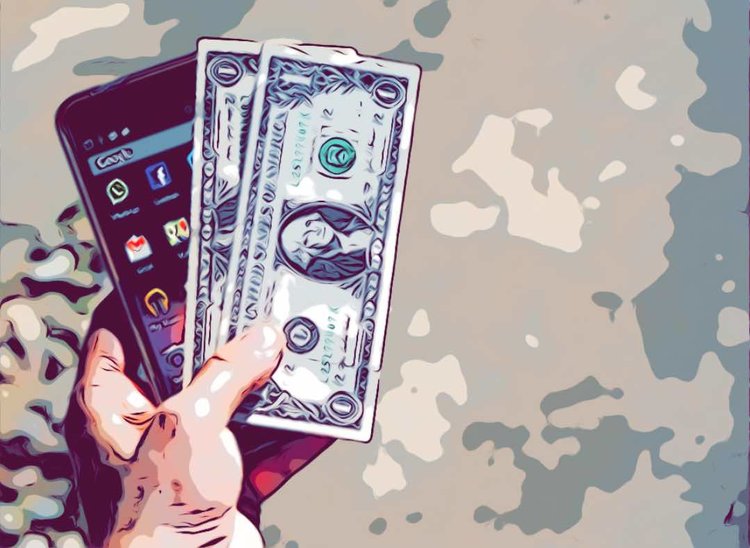
This process involves multiple strategies. Some categories of apps are more suited to specific app monetization models than others. Some apps focus on one particular area of app monetization, and others incorporate multiple aspects.
As a developer, you’ll need to generate revenue from your app. In the app economy, it can be challenging to stay afloat. Unless you have secured a nice amount of funding, it’s essential to read the advice in this post.
Follow our implementing guide and make sure that you ask any comments at the very bottom.
Why is app monetization important?
App monetization is crucial because it has become more common to find that apps are free at the point of install. The app business model, therefore, needs to be adjusted to account for this.
Developers must shift their revenue model to generate cash after download. This is where your strategy comes in. It’s crucial to take the time to make one that ensures these two things happen:
- Your app generates growing revenue.
- You keep your users and the user experience relatively intact.
A lot of people forget about the second point. It’s just as important to look at how mobile monetization affects the app experience as it is to maximize revenue.
Why is user experience important?
Experience is crucial to a successful app monetization strategy because revenue requires happy users.
Monetization mostly harms the app user experience. This can be mitigated and reduced, but it is still there. Lowering the user experience causes some users to be turned off.
Monetization revenue is generally calculated based on the number of active users. As this figure is directly affected by user experience, it’s crucial for developers to consider this when deciding an app monetization strategy.
Stats and figures around app monetization
There’s one stat that shows the importance of app monetization in today’s mobile world.
In 2015 global app revenues reached $70 billion. By the end of 2016, this had risen to $88 billion.
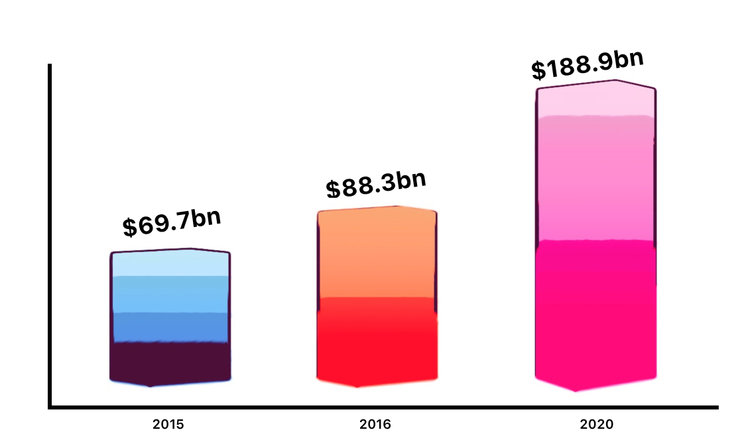
That’s a significant rise in a single year. But if we look at predictions, by 2020, the global revenue from mobile apps is set to hit $190 billion.
Now that’s a significant market for developers to tap into. But let’s dig deeper into app monetization.
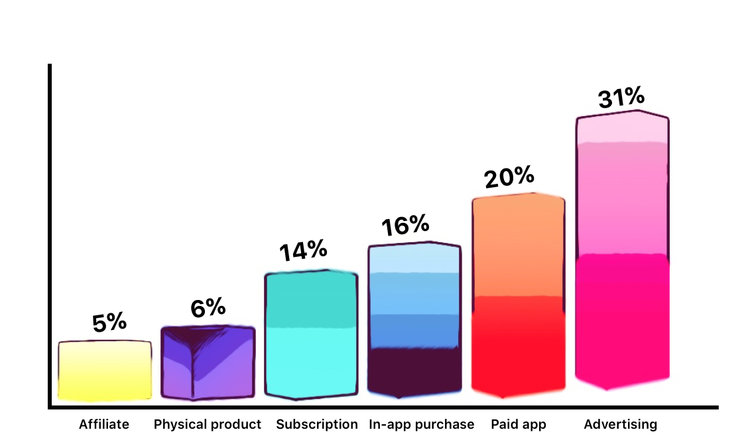
App monetization strategies are still dominated by in-app advertising. Ad formats are indeed getting better – incentivized advertising is driving app monetization, and app revenue models are increasingly packed with advertising. Native ads are popular as well – something that the app ad space loves to point to as progressive in-app advertising.
Paid apps are still prevalent in both app stores, with 20% of apps adopting these app revenue models. As an app revenue model, this is remaining steady – but the growth of subscription models are becoming more popular as the idea of recurring income seems attractive to developers.
But what can you learn about your app revenue model by looking at these statistics around mobile app monetization?
App ads are on the rise. But will developers see the bubble burst? There could be a reward on offer for apps that steer away from the advertising app revenue strategy in the future. And this is entirely possible with the growth of alternative app monetization methods.
What can we learn from this?
Advertising is still the most popular app monetization strategy. But it’s interesting to see that it is decreasing per user. The main reasons for this could be the fact that revenue per user is declining as more apps look to get into advertising. This causes a race to the bottom in terms of revenue per user. But more on that later.
Another point to make is that pay per download is on the decrease. As more and more apps look to monetize after the point of purchase.
Finally, subscription models are becoming more popular. Pay monthly models are working in so many other industries. Look at Netflix, Spotify, etc. App developers are catching on and realizing that a subscribing, engaged user is worth more than a single paid user.
We’ll discuss all of these points in more detail as we look at the different app monetization strategies. We’ll also talk about the issues and patterns that occur in the app monetization world in the later ‘trends section.
The app monetization strategies – a complete overview – how will your app make money?
Now for the part where we get down to it. What app monetization strategies are there? Which ones are most effective? Which generate the most revenue for your app?
App monetization strategies can be complicated, and it can be very different from monetizing templates or courses. There are many different ways that you can generate revenue from your app. Some developers focus on one, and others take a hybrid approach. Or you can even make a best Notion templates guide, for example.
Take the time to familiarise yourself with all of these methods. We’ve tried to include which app categories work best for each monetization method.
In-app advertising

As we previously noted, this is still the most popular amongst app owners. It generally generates a lot of discussions. There is no simple one size fits all approach to in-app adverts. Each app implements advertising differently. But there are some general tips for advertising in apps.
- Benefits – quick to implement, simple app monetization process.
- Concerns – can affect the app experience, only generates significant figures if you have a broad app audience.
The short truth is this – without in-app advertising and mobile ad networks, a lot of apps wouldn’t exist.
So let’s look at the different types of in-app adverts that are common.
Banner Ads
These are the original app advert. These were more common when apps had a free and paid version. A quick way to generate revenue was to have an ad-free version. But, the fact that people were happy to pay not to see any banner ads illustrates the problems.
What’s so bad about app banner ads?
Let’s focus on the UX. They are ugly and intrusive. They divert the user’s attention from the app experience.
I could go on about how damaging the look of banner ads are for your app. But there are more negatives I’m afraid.
The ads are generally so small on a mobile screen that the advertiser doesn’t get much value from using the space. This means that they are usually not willing to pay much for the privilege. They have low engagement rates. For these reasons, the CPM is pretty bad.
The short of in-app banner ads – people don’t interact with them. They annoy the user, and you won’t even get paid much for using them.
Well, perhaps that’s why they are dying out then.
Interstitial Ads
Developers are looking at alternatives to bad in-app advertising, such as banner ads.
The main problems with banner ads are the size and the fact that they are intrusive. One potential solution to this problem is to take the same advertisements and show them as a full-screen ad to the user. This occurs between separate user flows. Hence the name interstitial.
To get the most out of this strategy requires you to fully understand your app users and how they use your app. Make sure that you don’t inadvertently ruin the user experience.
The best time to deliver an interstitial ad is at the end of a flow. For example, when a level is complete in a game app. It’s also a good idea to utilize interstitial ads when the app is loading. This gives the user time to understand the ad and think about its content.
Native Ads
Native ads are mostly ads that have been adapted to the feel of an app. The ads integrate seamlessly into the app. This usually involves a feed of some sort, where the ad looks like another post in the timeline.
More common amongst publishers as well, native ads are a step in the right direction. They do little to affect the user experience when applied correctly.
Native ads have a higher engagement rate. This is probably since they ‘blend in’ with the app features. This does raise some questions about the effectiveness of the ads. If the ad is essentially tricking the user into clicking as they think it is an organic part of the app, this will harm the user experience.
The key is to make the native ad look and feel ‘native’ while also providing a clear indication to the user that the content they will land on is an advert. Twitter does this well on mobile.
Affiliate Ads
Affiliate ads are a method of app monetization that allows apps to generate commission from other apps, products, and services by advertising them through your app and implementing affiliate tracking.
Affiliate ads work because people like to be referred to something. If they trust the source, then this method can be quite useful in converting.
Again the key thing to remember is the experience. Try and link the advert to appear at relevant points in the user journey. Perhaps when the user is in between levels, the ad could suggest an app that is similar to the situation the user finds themselves in.
Reward ads
App reward ads are popular, where users spend a lot of time in the app, such as games. In this scenario, users are offered a reward to engage with content.
So for example, in a game, you may be offered an extra life if you watch a 30-second advert.
For this to work, you have to get the ad and the reward right. Try and keep the content relevant to your user base. Make sure the reward is delivered at the right moment and is valuable for the user.
Summary of ads
Generally, more developers are becoming concerned about how advertising affects the app experience. A broader conversation is emerging. Developers are asking – which is the best ad format to protect the UX?
We’ve come a long way since the early days of mobile banner ads. Mobile app advertisers have realized that protecting the user experience is vital to ensure the survival of apps.
Subscription and the freemium model
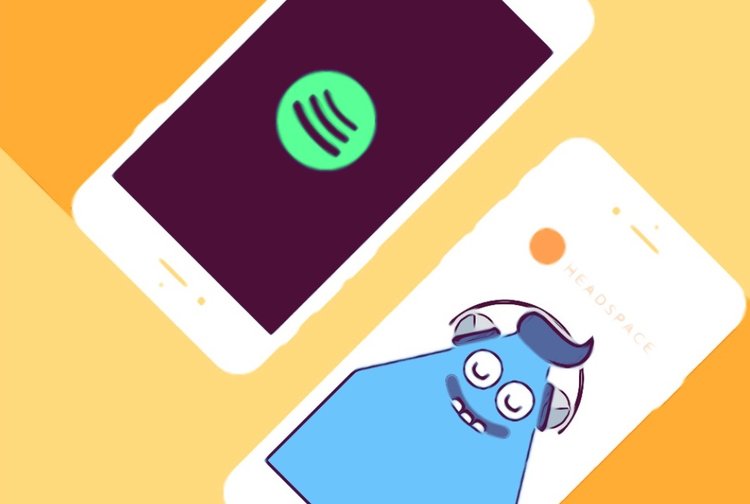
Many apps are now looking at subscription models as a way to generate app revenue. It’s becoming more popular amongst developers for a variety of reasons. Again, we have the fact that users are more used to not paying to download apps as the reason for this.
A subscription model means that the user can download the app for free. They then get access to all or some features of the app for a specific time. Once this period is over, they will need to pay a recurring fee to keep using the app.
It’s easy to see why this app monetization model is becoming so popular. The developer gets a constant stream of revenue. It’s easy to predict. In some cases, it can bring in much more significant revenues than other strategies.
This is because once a user pays to use your app service, they will invest time in the app. If this requires input, they are unlikely to want to stop paying for access.
The app subscription model works best alongside a compelling app with a clear function and user experience.
- Benefits – steady, reliable income. Little effect on the user experience. Can significantly drive engagement.
- Concerns – requires a lot of investment to create a great product and a seamless experience to get users to part with cash.
Apple loves subscriptions
Apple realized the benefits of apps that keep the customer for more extended periods. They have offered developers on the app store a better revenue share on the income from the subscription apps.
The standard split is 70/30 (Apple takes 30% of app earnings, the developer takes 70%). But Apple now offered an 85/15 split for subscriptions that last over a year.
This is now common in both app stores. It is fuelling the drive toward subscription models for app developers.
Data monetization

We talk about user experience a lot when talking about app monetization. That’s because it’s crucial to keeping your app audience engaged with your app. Without an engaged audience, it’s impossible to sustain effective app monetization.
That’s why data monetization can be one of the most effective methods of app monetization.
What is data monetization
Large app audiences can be valuable for many different reasons. One of these is that whenever a user interacts with your app, they generate a form of data.
This information can be anonymized and then quantified. It can then provides valuable insights into customer behavior. This is known as big data. It is used for many things – from how to build smart cities to deliver better and more personalized advertising to users.
Why data monetization?
The app experience is becoming less important for developers as they look to implement as many app monetization strategies as possible. Have we forgotten about user experience?
Many mobile app monetization strategies are based on delivering an advert to the end user. While these can generate app revenue, little attention is given to the effect that this will have on the user experience.
Many mobile ad networks are making a lot of noise about native ads as a method of app monetization, but is this the experience that users want from mobile. App revenue is growing, but surely the messy in-app ad bubble will burst when developers realize there are alternative app monetization options that are big app revenue generators, without negatively affecting the user experience.
These strategies exist, and more developers are adopting these app monetization strategies.
Data as a useful app monetization strategy
Revenue from customer data has been commonplace in other industries for a while now. This can and should be extended to mobile app monetization. With CPMs that are much higher than advertising app monetization models, it makes more sense for developers to try generating app revenue from user data. Along with the bonus that apps can hold on to their beautiful user experience as this app monetization model operated in the background.
Of course, many are quick to criticize this method of app monetization. But the issue demonstrates a broader problem that is prevailing around app monetization in general. Users are so used to apps operating on some free app monetization model that they generally forget that are paying with something other than money.
It can be flashing adverts, or it can be data app monetization. Either way, the conversation around app monetization needs to be more explicit. Users need to understand precisely why apps are free. Data collection process need to happen securely, and they need to have a transparent opt-in process, but that doesn’t mean that it’s not a viable app business model.
Powerful, first-party data
Data that you collect directly from your app is called first-party data. Many apps are not doing this, and they are sitting on a pretty large, untapped pile of app revenue. And that’s fine – but in this competitive arena of app monetization, and along with the development of secure, non-identifiable data collection methods – apps should no longer be afraid of leveraging this data.
The data can be used for a developer’s own needs – understanding user behavior and interactions with app/features is one. By leveraging robust and accurate user data, developers can understand how their app is used, where users get the most from their app and where to improve.
The data can also be used in tandem with an apps current advertising inventory to boost ad price. If you use data to trigger in-app advertising, then you create more relevant adverts. This means higher inventory price.
Data should underpin everything that you do in your app, from app engagement to app monetization. With the development of advanced audience SDKs, developers should no longer be afraid of leveraging data from their app audience.
A clearer conversation needs to be had around why apps are free at the point of use – a data monetization model is no different from a subscription, freemium, or ad monetization method. Stress needs to be applied around clearly communicating what it is that the user gets in return and providing clear opt-out channels for those who don’t wish to share their data.
Aside from these main two benefits, it also means that you are not held to account financially by the platform that your app exists on. The revenue is generated externally. That means that there’s no commission with the app stores. There’s no worrying about which platform your app is most prominent on.
How to get started – make sure you find yourself a valuable monetization partner. Ensure that they can abide by the relevant opt-in processes. Privacy and security are essential without a data monetization strategy.
In-app purchases, virtual goods and currency
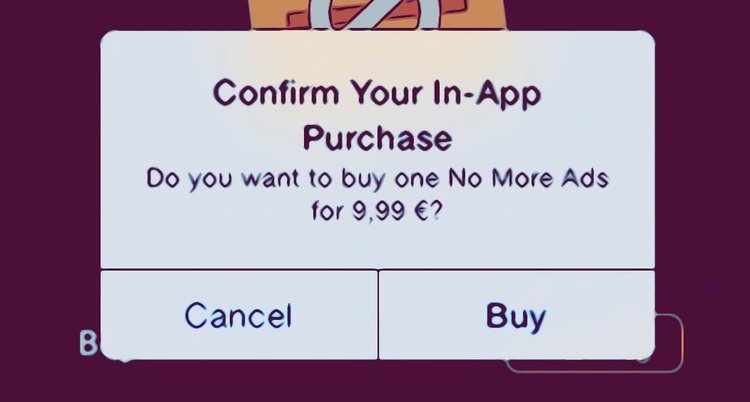
This is a method that has become more popular with games apps in recent times. Apps generate money by selling virtual or physical goods from within the app.
Virtual currency
One way in which app developers have cleverly tapped into new revenue streams is to allow the user access to virtual currency. Users purchase this currency with real cash, and it used for various means within the app.
Usually, this currency is used to get ahead in the game or redeem certain features and services that would usually take a long period of time to unlock.
There’s a balance to strike here. The user must feel that they are getting value for their hard-earned cash. But they must also keep playing the game to pay more money. That’s why it’s essential to keep the game or app interesting for non-paying users as well. If other users that aren’t willing to get their wallet out stop playing, then paying users will also decrease if there’s no one to play with.
Physical product or service
There’s a lot of variety in-app monetization. If your app us a subset of your business then in-app purchases are going to be a large part of your app income. In exchange for your physical product or service, users can pay quickly and using the build in payment structure.
There’s not much to say about this strategy apart from that your physical good or service must be top quality if you want to increase your revenue.
The commission
Apple and Google both take 30% of every in-app purchase through your app.
That must make you wonder how the large service apps like Uber and Airbnb manage to make a profit on the back of that 30%. Well, they don’t pay 30%. If you’re big enough, you have the power to negotiate individual commission rates with the app stores. Unfortunately, for most apps, this isn’t possible, and you’ll have to abide by the rules.
Transaction fees
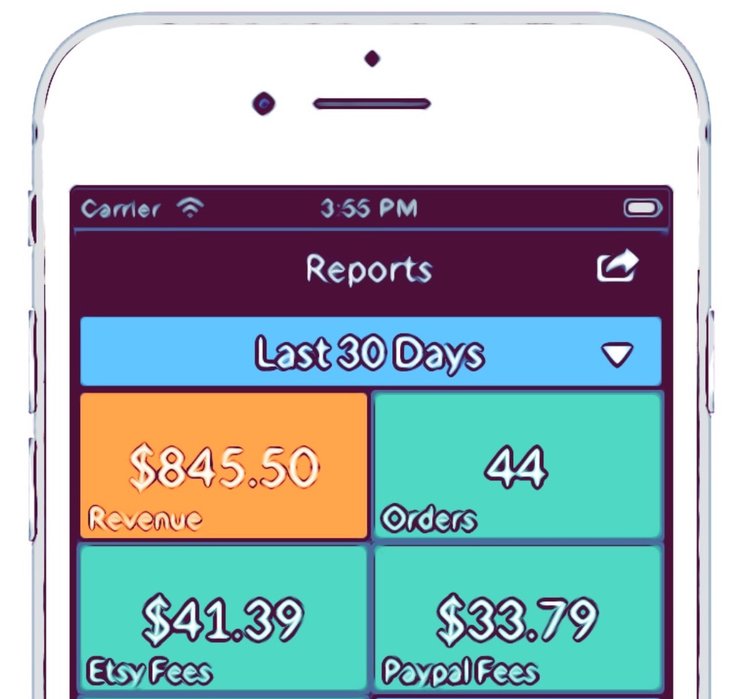
This method is kind of a pivot of existing marketplace methods. For apps that have a marketplace or if they include audience transactions of a significant kind, this is an excellent way to monetize app users.
The main benefits of this method are scale. If you can keep growing your audience and the audience activity within your app, then this app monetization method will scale alongside this growth.
User marketplace
The idea is that you take a percentage of a transaction between two users on your app. For example, when someone sells an item, you take a percentage of the amount. This is communicated upfront, but the difference to traditional marketplaces is that the seller doesn’t pay a listing fee. This encourages users to use your service.
Transactional apps
An emerging breed of mobile apps that use transaction fees to monetize is financial apps, or invoicing apps. These often offer the conversion of currency (think buying Bitcoins) or the option to trade in shares or other markets.. Every time the user makes a transaction, the app makes revenue. An excellent example of this is the Bux app, where they take a percentage of each sale that occurs in the app.
This app monetization strategy provides scalability. It also gives developers the ability to accurately predict revenues based on users and numbers of active users. You can also increase revenue directly by investing in engagement and new users. This gives you better and more stable metrics to manage your app business.
Best practices for app monetization – how to improve the bank balance
It’s all about the experience

Protect the user experience at all costs. You’ll do more damage to your monetization by damaging the user experience. There’s a two-pronged approach to this. Keep your experience clean and ensure that app monetization does not harm your app experience. If you have to alter the experience in some way (ads etc.), then manage this so that the impact is minimal.
The other side of this involves actively increasing engagement. Improving app engagement ensures more time spent on your mobile app. This leads to greater monetization.
Keep bringing in new users
To scale monetization, you’ll need to keep investing in user acquisition. Don’t take your foot off the pedal here. You’ll always have user churn. This requires you to seek new users to grow monetization actively. You could also try something such as a pre recorded live stream to do this.
Hybrid app monetization
It’s perfectly fine to adopt multiple app monetization methods. It’s recommended. App monetization methods can be implemented alongside each other. Just b sure that doing too much won’t negatively affect the user experience.
Measurement and analytics
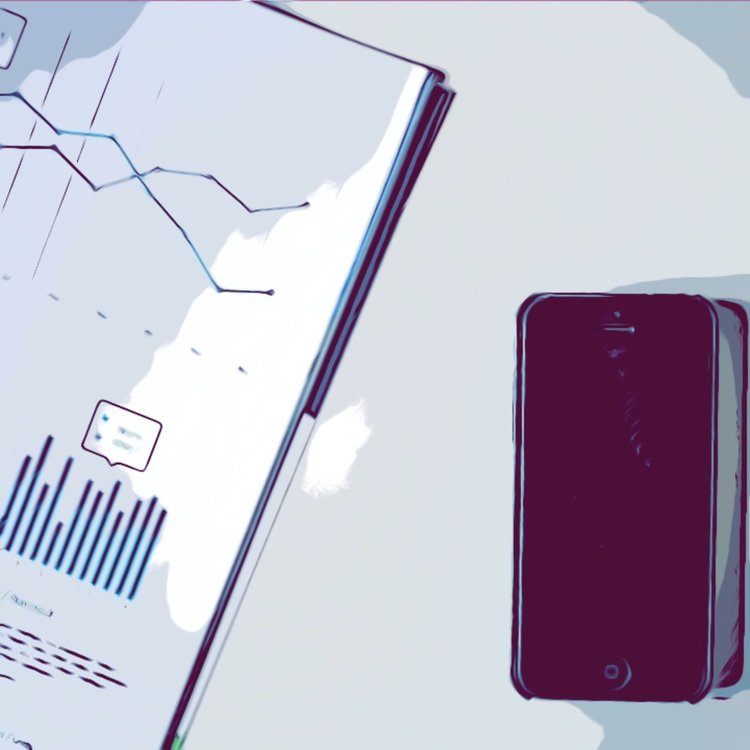
Measure your monetization, optimize and adapt – an important part of any app monetization strategy. Ensure that your monetization partner can provide in-depth insights on revenue, users, and geography. Always be on the alert to fine-tune your strategy using data.
Keep up to date
Keep on the lookout for changes in policy from the major app platforms. This is important as it could change your strategy overnight.
For example, the decision to reduce the commission on app subscriptions changed many app’s approaches to monetization. Keep up to date with the latest blogs and resources.
Your app is unique
Don’t take other developers use cases as proof that it will work for your app. Every app is unique. Just because something works for another app, doesn’t necessarily mean that it will work in the same way for your app.
Test methods before fully implementing them and always focus on the differences between apps when looking at other use cases and statistics.
If you do go down the ad route consider placement and timing
The ad route is entirely viable for many apps. In-app adverts can be successful, but make sure that you invest the time to consider the placement and timing of these ads. One wrong decision can cause you to lose a lot of users, so be completely sure that you get it right.
Are you missing out on data monetization
We’re always amazed at how many app developers are unaware of some of the different monetization strategies out there. There’s a massive drive towards in-app ads, and little alternative is presented to developers when they begin on their app journey. They are missing out on vast amounts of app revenue.
What I’m saying is – you could say goodbye to the wave of ads that you’ve been thrusting into the faces of your users.
But what if I told you there’s a better way to monetize your app. One that means that you won’t have to sacrifice your app experience. And one that can make you more money than your current monetization strategy.
Well, there is a solution, it’s called app data monetization.
How to monetize an app with revenue from data
There are a few different types of data app monetization, and it’s pretty specific to the app in question. But there’s a better way for developers to generate consistent app revenue. Better yet, you can do this while prioritizing the app user experience.
One of the most effective includes identifying precise location data from mobile apps to understand consumer habits or behavior better.
What are the benefits of app revenue data as a monetization strategy?
The potential for no in-app ads – you heard me right. This means that you can stop delivering those annoying banner ads to your users. Or don’t. DO both if you’d like. Data app monetization works in the background, so you don’t have to worry about it affecting your app experience at all.
Higher CPMs – That data is extremely valuable if it’s precise. Your partners are an essential thing to consider with this kind of monetization strategy. You must communicate with your users, and it’s essential to do this properly. Being upfront with your users on why they are receiving a free service is something that all developers can improve.
The platform becomes less relevant – tired of thinking of android app monetization strategies vs. iOS monetization? Well, data app monetization is a way to level the playing field. You’ll get a much more consistent income across your audience, regardless of platform.
–
It’s ultimately one of the best app monetization strategies out there. It’s a great way to monetize your app without passing on the cost to your audience. Keep your app engagement and monetize at the same time.
We’re not saying that you should cancel your previous app monetization strategy. There are always app monetization challenges for developers, and data monetization isn’t the solution to all of those problems. However, it can still be tested in a wider app monetization strategy. This way you’ll learn if it’s right for your app.
A note on user privacy and opt-in services
It’s important to educate your users on app monetization. All users should realize that the reason their app is free is due to the monetization of themselves.
That’s why it’s important to be up front. Have the conversation with your users as a part of your onboarding process. The best kinds of app monetization strategy clearly explain to users why the app is free and how you ensure that it will be using monetization.
Building trust with your users is key to this kind of monetization strategy.
Trends in app monetization
App experience > app monetization
In-app ads remain a popular method of app monetization for developers. Despite them having obvious drawbacks when applied poorly.
A common trend that we see emerging is that more developers are focusing on experience rather than pure revenue.
In 2020 app advertising will be all about the user experience. Developers must strike a balance between the number of ads, where they appear and how the user interacts with them. This will be pivotal to app monetization success. App owners will also have to consider how these changes will affect their users in 2020. Too many ads will negatively impact the user experience. But that doesn’t mean that it’s impossible to provide value while delivering in-app ads.
Don’t expect revenue from app ads to jump to new heights anytime soon if anything expects app ad revenue to decrease as more apps adopt in-app advertising. Perhaps 2019 could be the year to supplement your app revenue with another method.
Mobile app advertising is maturing quickly. Make sure you look for a network that uses safe brands, smart ad targeting, and provides support for interactive ads.
When integrating an app advertising strategy, you may find a trade-off between ease of integration and spamminess of ads. In 2019 it might be worth taking the time to focus on putting user experience first.
It’s clear that keeping people engaged with your app will have a better effect on monetization. App owners will need to get balance right. More importance is being placed on experience with revenue from ads not going up anytime soon.
We see this in our research. Our survey of app developers showed that two-thirds of developers now think that focusing on the app experience or improving the app experience is more important than monetization. Apart from focusing on the app experience, the focus should also be placed on providing application support. This would help in ensuring that there is complete and uninterrupted functioning which will in turn help in improving feedback and retaining the consumer.
Say goodbye to paid apps
Freemium and subscription-based apps are here to stay. Offering apps free at the point of purchase allows developers to get downloads easier. They can then educate the user on the benefits of upgrading or paying for premium features.
Freemium is allowing app owners to increase session length and generate engaged users. This is a great place from which to convert users into healthy revenue. After a positive app experience app users are more likely to opt-in for premium features. Having the chance to nurture and educate your users before this has a positive effect on your app monetization strategy.
Try not to appear like you are cheating your users. Make it clear that your app is a freemium app from the very beginning. They won’t want to invest a lot of time in a game or app to realize that they have to pay to use some features.
It seems that freemium is here to stay. With users finding it standard practice to not pay for an app at the point of purchase. Because of this, developers are finding it harder to justify an upfront fee. The freemium app monetization model is an excellent opportunity to engage and nurture audiences for app monetization.
Users will become dissatisfied if they have to spend a lot of money to get features
In-app purchases as a method of app monetization are still experiencing healthy growth. This may be slightly overstated due to the inclusion of ‘services’ as purchases (think Uber, etc.).
One of the main trends well see in 2019 is that app developers will need to focus more on engagement rather than only increasing app monetization.
Once a user has purchased in-app content, then they are more likely to come back and spend more time in the app. This translates to better engagement and retention and in turn, better monetization.
No category has benefited from in-app purchases more than the gaming category. Here, developers are helping by placing engagement first. The user now has the option to pay to advance through the game quicker or access powerups and features.
Developers need to make sure they are getting this balance right. In-app purchases are useful because a few users spend a lot. There will always be users who only want to play your game for free. True these users don’t generate revenue, but they are still important for your app to exist.
While not being a mobile app, developers can still learn a lot from the EA debacle in the new Battlefront game. Users quickly noticed that to unlock some of the features they would have to play the game for 1000 hours. Alternatively, they could pay to unlock them. This seemed somewhat unfair, especially when they had purchased the game upfront.
To keep users happy, developers will need to strike the right balance between monetization and experience.
In 2019 more and more users will become aware of how apps monetize their users. That’s why app monetization methods must be transparent and fair; in the long term, it will benefit you.
App subscriptions will look more like SaaS products
The subscription model is one that looks to remain popular in 2018. Again, users are used to trialing an app and its features before parting with any cash
Subscription models are becoming more complicated than a simple buy or don’t buy. Many pricing structures now more closely resemble a SAAS model. It’s common to see several pricing tiers with many different features.
This allows app developers to persuade users who would previously not part with any cash to subscribe to a lower tier of membership. This method of app monetization is still the best fit for service apps.
A side effect of this is that developers will need to help users understand the benefits of upgrading. More tiers and features mean a better explanation is required.
A conversation will need to be had with users about monetization of data and opt-out methods.

Users are more aware than ever of the need for developers to monetize their app audience. The conversation around app monetization is shifting to help users understand why apps are free.
In 2018 consumer personalization will be a high priority for brands. They will achieve this by using consumer first-party data to help provide an improved user experience.
Mobile app owners are sitting on a lot of behavioral data around their users. This is of value to those who wish to improve personalization for their customers.
Data monetization is secure, private, and becoming more popular amongst developers. Users are more likely to understand that this data will help to generate improved personalization. By communicating the benefits and education users about opt-in developers can monetize their app in this way.
A benefit of app data monetization is that the user experience remains intact. There are no intrusive adverts or the need for the user to pay anything upfront. This means that the user will spend more time in the app and engage with the app’s features. The app monetization strategy can be adopted alongside other methods of monetization.
Data monetization allows developers to monetize a much higher percentage of users. The users don’t need to be engaged for it to work. The revenue that you generate from each user will also be higher. This means you don’t have to worry about monetization in relation to the platform. It’s the same regardless of the device.
Expect revenue from data monetization to increase from a high starting point with better technology. 2018 will see the consumer become more aware of the power of big data and better educated on how it affects them.
Thoughts on these trends
Developers will continue to benefit from the app economy with revenue from app monetization set to grow throughout 2018. Free apps will become the new normal, compared to previously where single pay purchases were the most popular. This will allow developers to generate more revenue over a more extended period of time.
Developers will need to place more emphasis on the monetization experience. This means that the developers are more likely to miss out on revenue from app monetization if the app experience is not up to scratch. Due to the free to download culture, more emphasis on experience and education is needed. This will help to persuade users to enter into premium models and subscriptions or to engage with in-app purchases.
More and more developers will need to adopt hybrid monetization strategies. Developers should not rely on a single method of app monetization. Instead, spreading monetization across multiple strategies will provide stability, especially in a market that can change quickly. The preference of app users is volatile. The changing platform rules around app monetization may also affect developers in 2018. It’s crucial to stay one step ahead!
Useful app monetization links and resources
Mobile development digest – provides a great roundup of the latest information for developers, especially around monetization.
[iOS dev weekly](http://iosdevweekly.com/](http://iosdevweekly.com/) – another fabulous newsletter that often discussed app monetization.Developers alliance blog – some interesting information for developers, and they regularly post around app monetization.
Developer slack communities – there’s a variety of slack groups that are incredibly useful to developers. Some have dedicated channels for app monetization.
Check out this course that helps developers to create viable app businesses. With tips on monetization and more, it’s quite useful.
Of course, always keep an eye on our blog for everything mobile apps.
Mobile app monetization summary
- In-app ads are still a viable method of app monetization. However, more focus needs to be placed on the user experience.
- Users expect to get an app for free at the point of download.
- Subscription models are becoming more popular as the big app stores offer reduced commission rates
- Data monetization is a powerful way to generate revenue without affecting the user experience.
- Always plan – it’s never too early to think up your mobile app monetization strategy.
- Hybrid app monetization strategies are effective – understand your audience and strike the right balance.
- Use data to inform your monetization. Keep learning, keep tweaking, and generate money from your app audience effectively.
In-app purchases as a method of app monetization are still experiencing healthy growth. This may be slightly overstated due to the inclusion of ‘services’ as purchases (think Uber, etc.).
One of the main trends well see in 2018 is that app developers will need to focus more on engagement rather than only increasing app monetization.
Once a user has purchased in-app content, then they are more likely to come back and spend more time in the app. This translates to better engagement and retention and in turn, better monetization.
No category has benefited from in-app purchases more than the gaming category. Here, developers are helping by placing engagement first. The user now has the option to pay to advance through the game quicker or access powerups and features.
Developers need to make sure they are getting this balance right. In-app purchases are effective because a few users spend a lot. There will always be users who only want to play your game for free. True these users don’t generate revenue, but they are still important for your app to exist.
While not being a mobile app, developers can still learn a lot from the EA debacle in the new Battlefront game. Users quickly noticed that to unlock some of the features they would have to play the game for 1000 hours. Alternatively, they could pay to unlock them. This seemed somewhat unfair, especially when they had purchased the game upfront.
To keep users happy, developers will need to strike the right balance between monetization and experience.
In 2018 more and more users will become aware of how apps monetize their users. That’s why app monetization methods must be transparent and fair. In the long term, it will benefit you.
What is app monetization?
App monetization is the process of converting your app users into revenue. Publishers need to create revenue in order to offer free apps to users.
How do I monetize my mobile app?
There are many different forms of app monetization. The main ones are through advertising, in-app purchases, and data monetization.
How much money can an app make?
The amount of money that a publisher can make from their app varies based on the number of daily active users they have. It also depends on the type of monetizaiton but publishers can earn tens of thousands of dollars a month in some cases.
James is the head of marketing at Tamoco



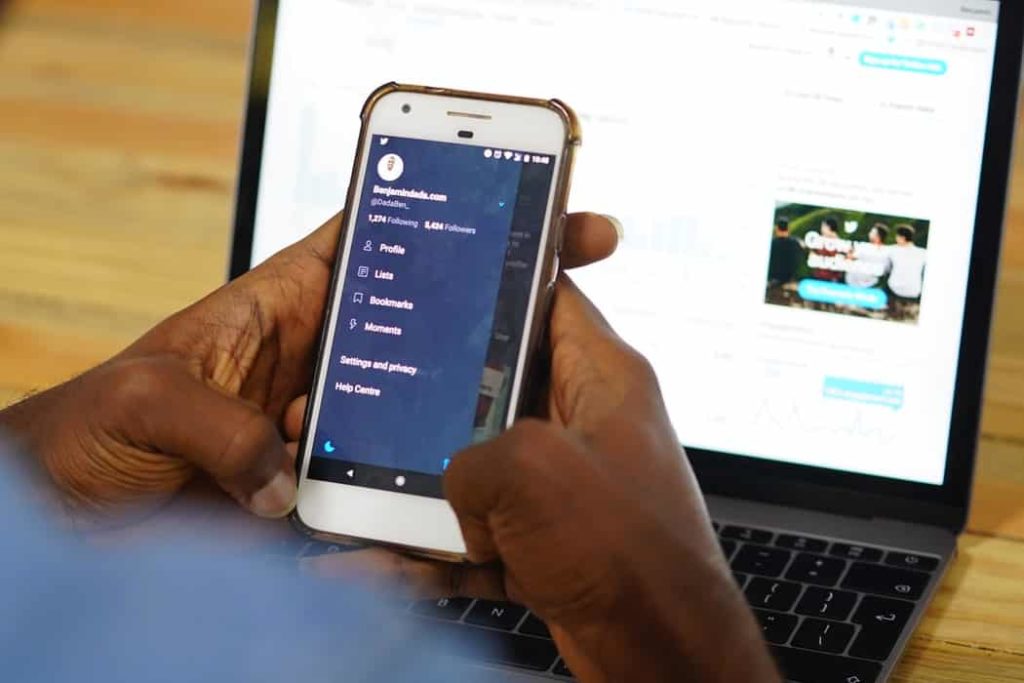
Leave a Reply